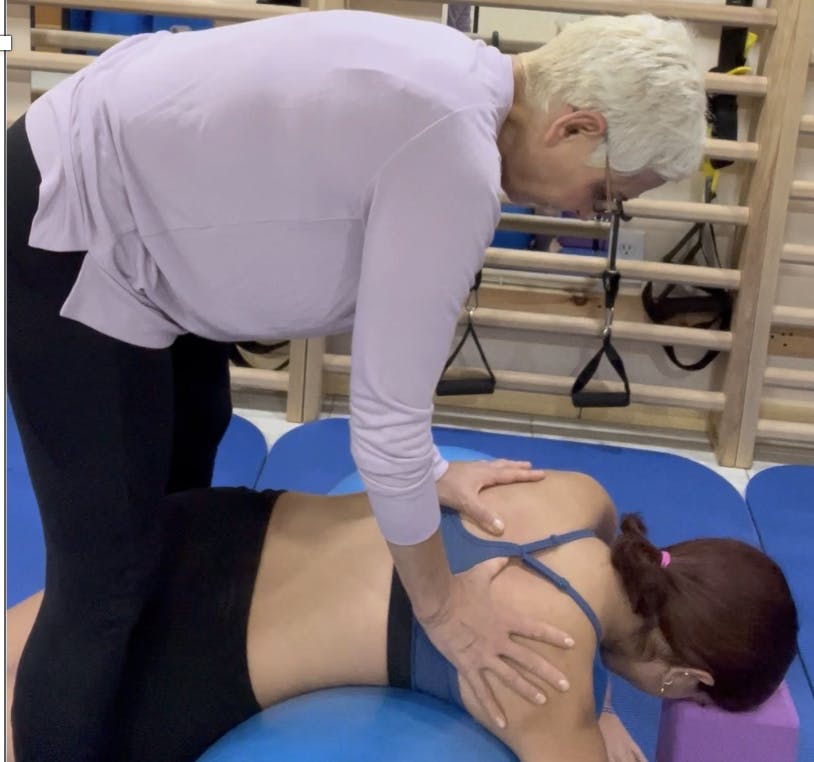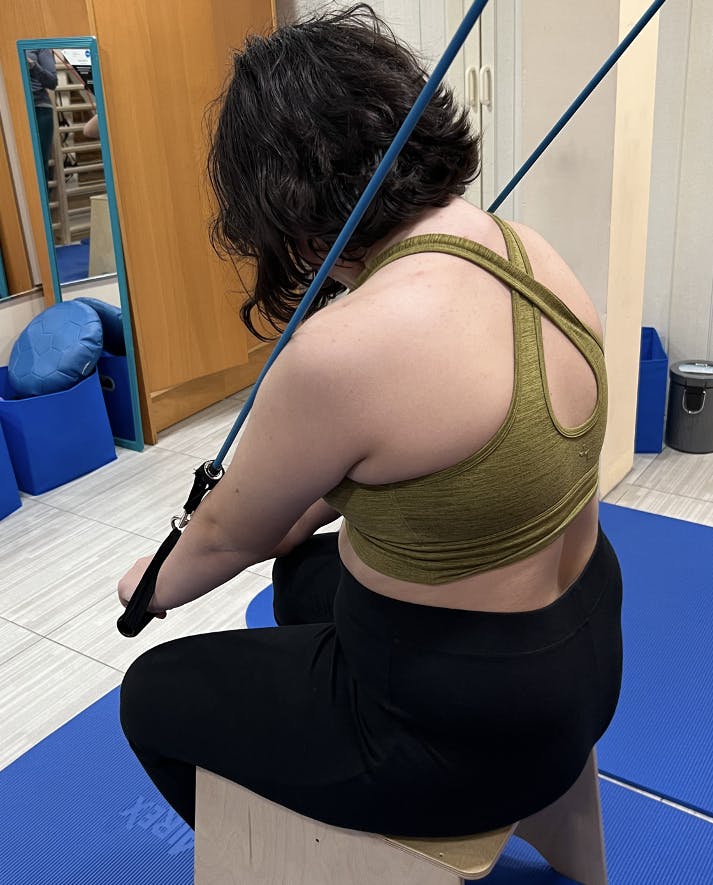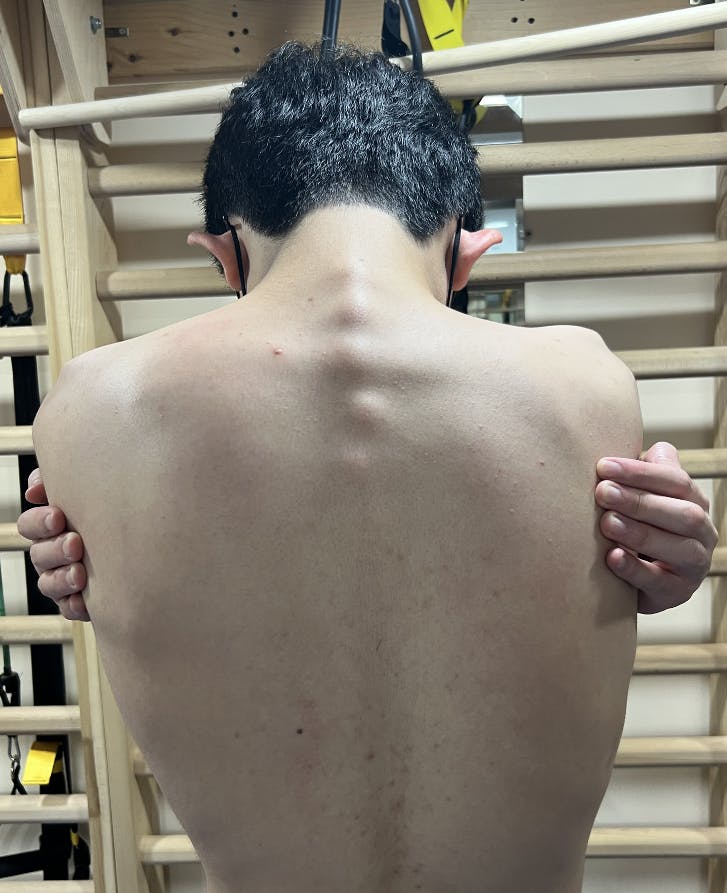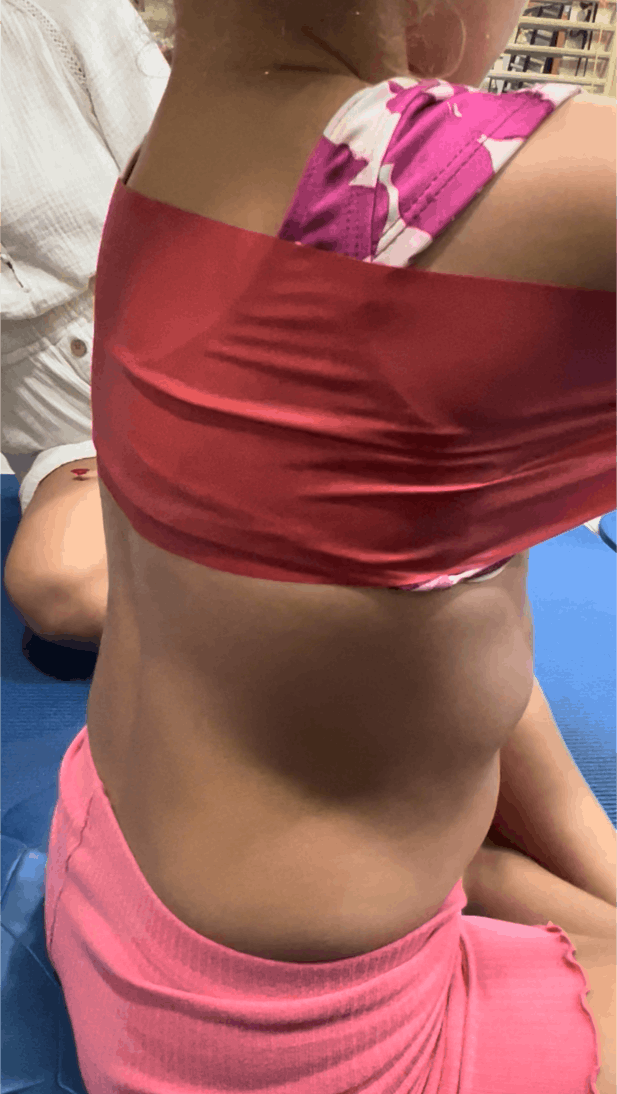LYON METHOD
The Lyon method originated 200 years ago and it is the oldest scoliosis specific method in Europe. It was described in a book written by Charles Gabriel Pravaz called New Method for the Treatment of Deviations of the Spine that was published in 1827. The method is actively practiced in France and is often used in conjunction with bracing.
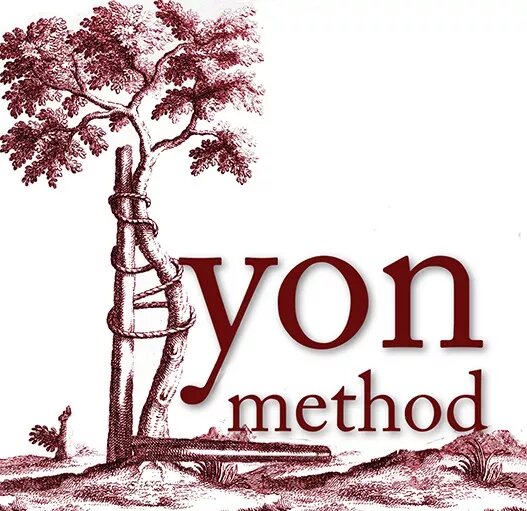
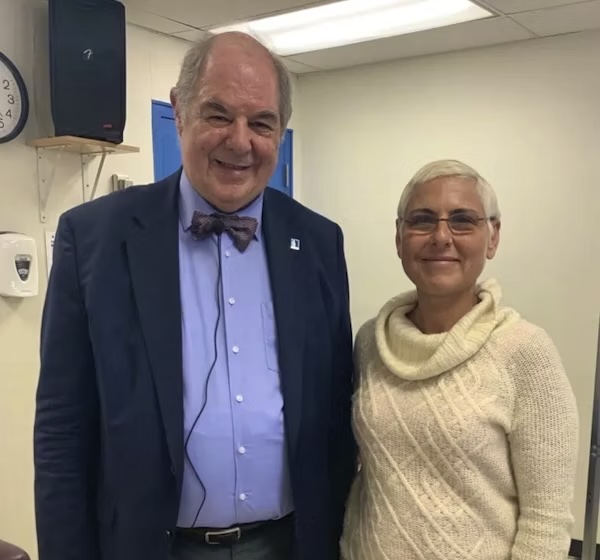
Dr. Jean Claude DeMauroy is an expert in the Lyon method and the creator of the ART brace, which is the most technologically advanced version of the older Lyon brace. Dr. DeMauroy currently provides education in the Lyon method through the SSOL e-learning platform.
I was lucky to participate in vigorous online training that included independent study of the materials, participation in monthly webinars and case discussions. I have gained invaluable knowledge through that process. After 3 years of learning I was honored to become a first Lyon method physical therapy practitioner certified in USA.
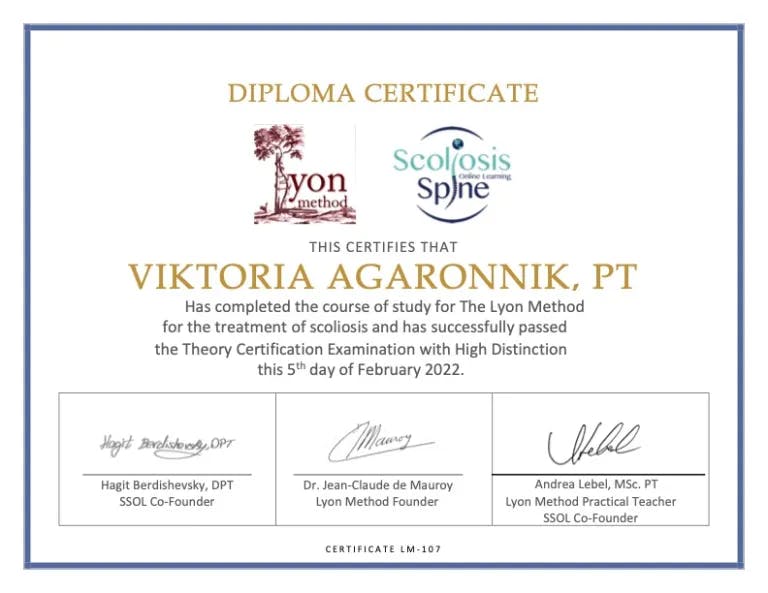
Lyon method certification, February 2022
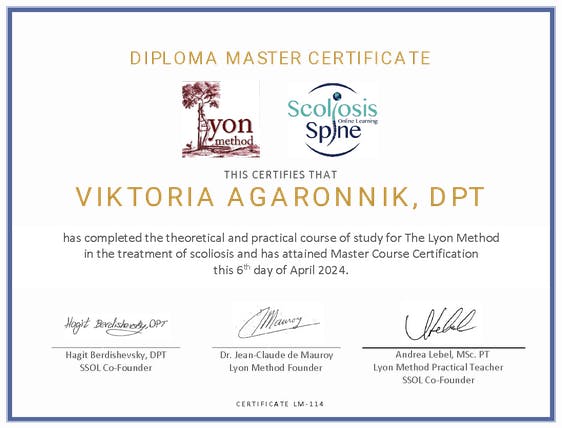
Lyon method certification, April 2024
Principles of the Lyon Method
The Lyon method is based on the understanding of the three-dimensional concept of tensegrity, which means that the body’s balance is based on harmonious tensions between the forces controlled by the muscles, soft tissues and bones. Manual therapy techniques help to restore the body’s tensegrity through the release of soft tissue restrictions in joints, muscles, tendons, and fascia.
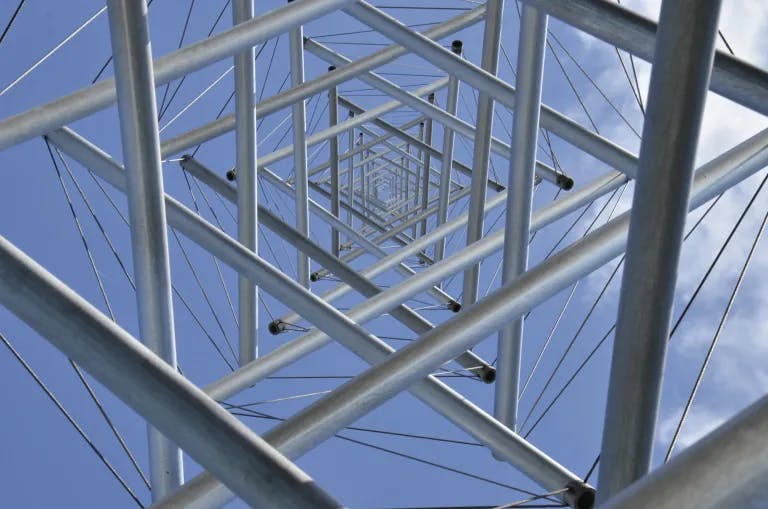
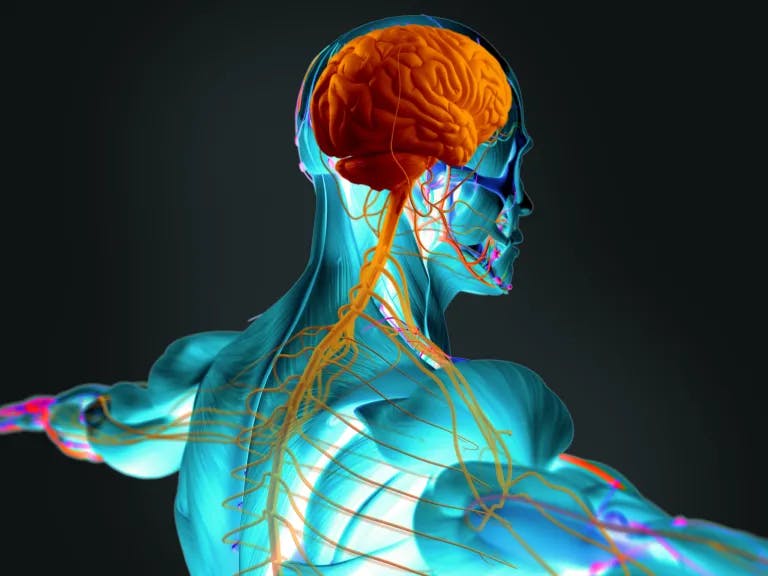
The Lyon method takes into consideration the extrapyramidal postural system, which consists of neurological pathways that control posture and balance. The brain integrates information that is received from sensory receptors located in muscles, tendons, joints, eyes, and balance organs of the vestibular system located in inner ear and sends the signals to postural muscles. For an individual with scoliosis, the extrapyramidal system needs to be reprogrammed to help the body accept and maintain postural corrections. This is accomplished through manual techniques and sensory motor activities that stimulate the brain/ body connections.
Another important characteristic of the Lyon method is the consideration given to personal anatomical parameters within pelvic structure. The pelvic anatomy dictates the rules for the alignment of the spine in sagittal plane (as viewed from the side). The analysis of individual pelvic anatomy helps practitioners to understand the best spinal alignment for each individual patient.
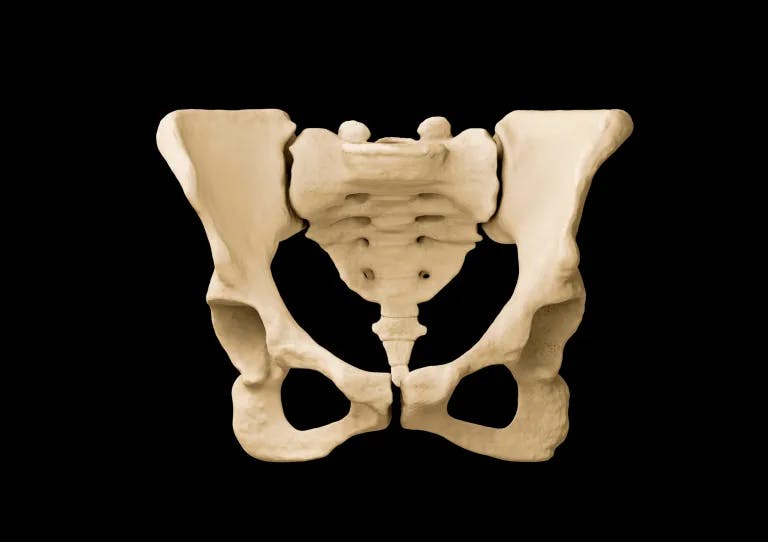
Manual therapy is an integral part of the Lyon method. Manual therapy techniques can release tightness in the superficial and deep layers of soft tissues including fascia, muscles and ligaments adjacent to the spine. Targeted stretching and mobilization can reduce asymmetrical tension in the body therefore restoring tensegrity structure to the best.
Examples of Manual Techniques Based on the Lyon Method
Thoracic techniques


Lumbar techniques

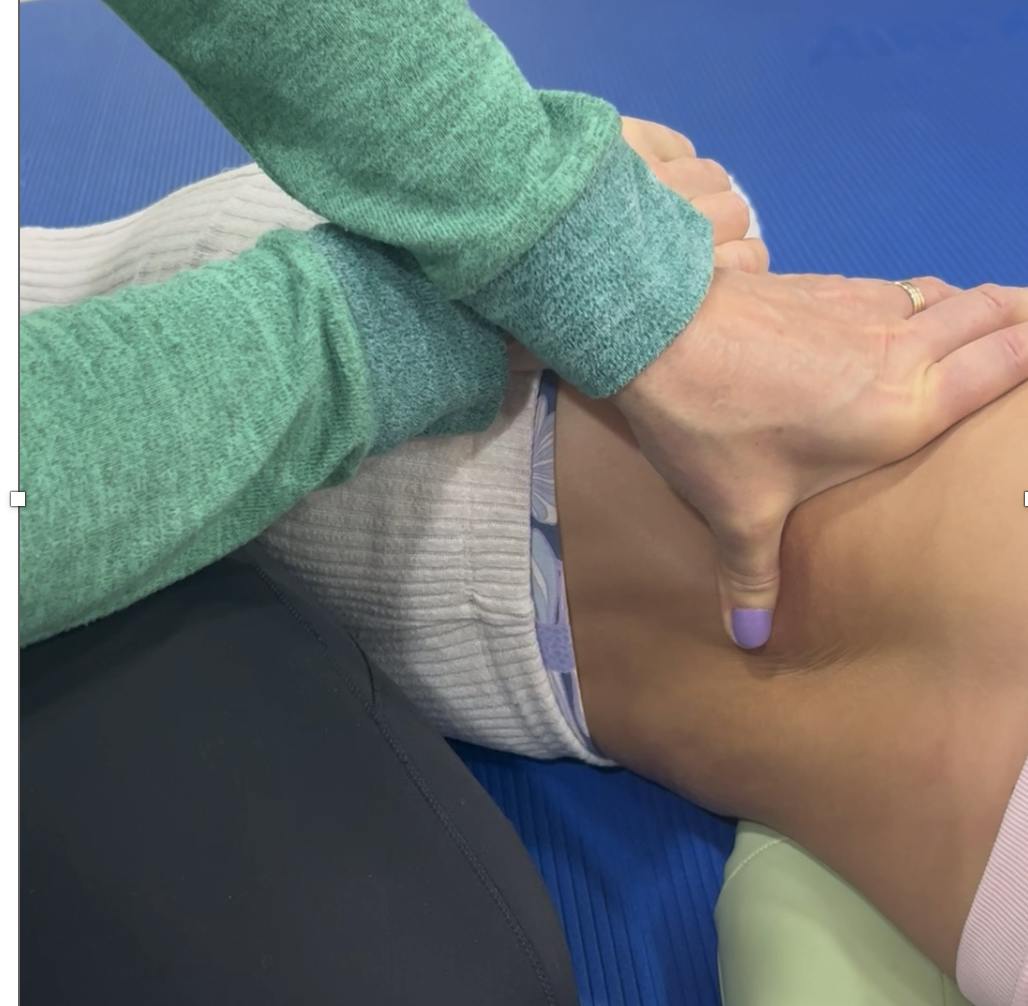
Application of the Lyon Method to Pediatrics
The Lyon method is perfectly suitable to pediatric patients, including young patients who are not able to follow complex instructions or have difficulty maintaining still posture.
Development of postural system is a part of human developmental process that evolves during childhood and early adolescence. In presence of scoliosis this process is often disturbed or delayed due to unknown factors. Therefore, treating nervous system responsible for postural control would address scoliosis at its root.
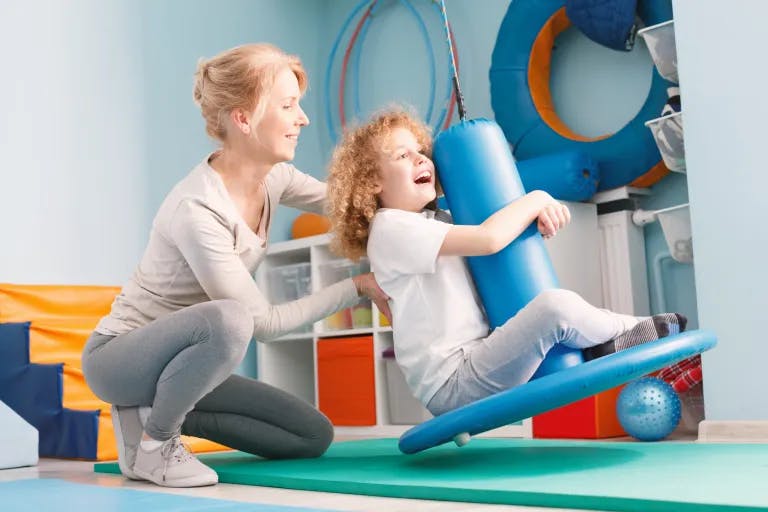
Postural system can be addressed in many ways while working with children and adolescents.
(1) Working on the extrapyramidal postural system to improve balance
It is very important for children to establish the perception of body symmetry through visual motor, sensory-motor, and balance activities. Children enjoy movement activities which make it a highly effective treatment.
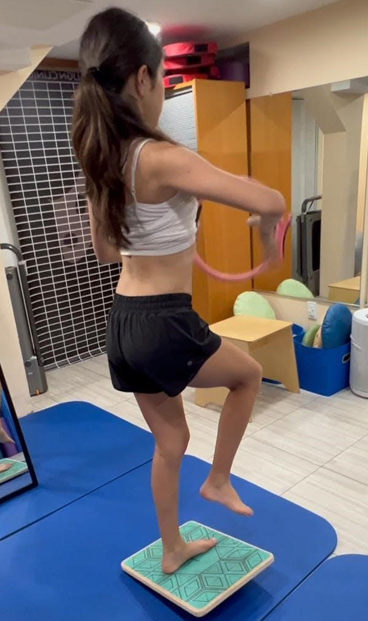
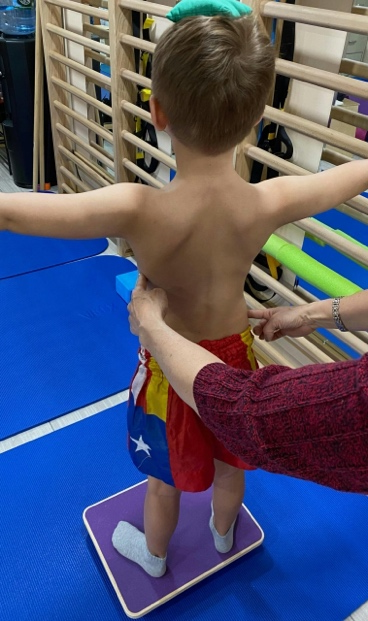
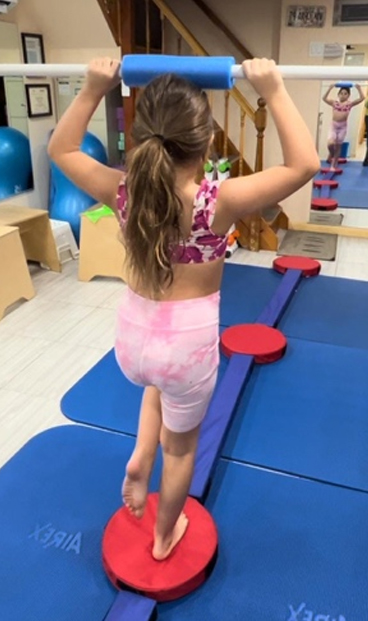
(2) Working on the extrapyramidal postural system to strengthen anti-gravity postural responses
Stimulation of upright posture through sensory receptors and vision improves postural control. Such activities are usually well received in children as they enjoy movement and sensory input.
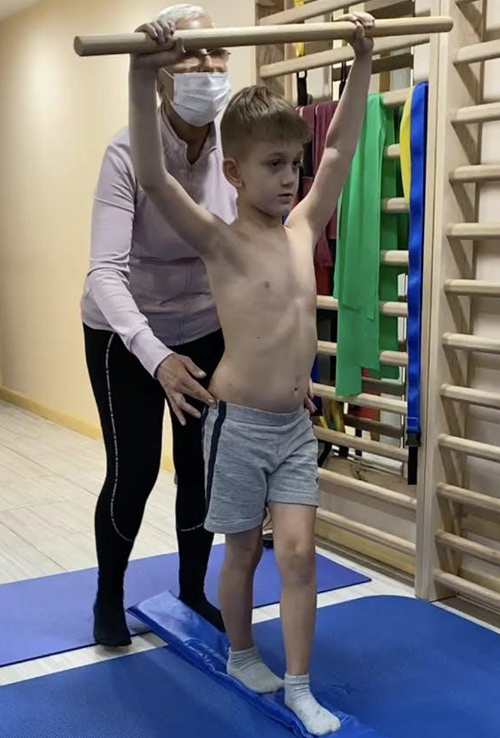
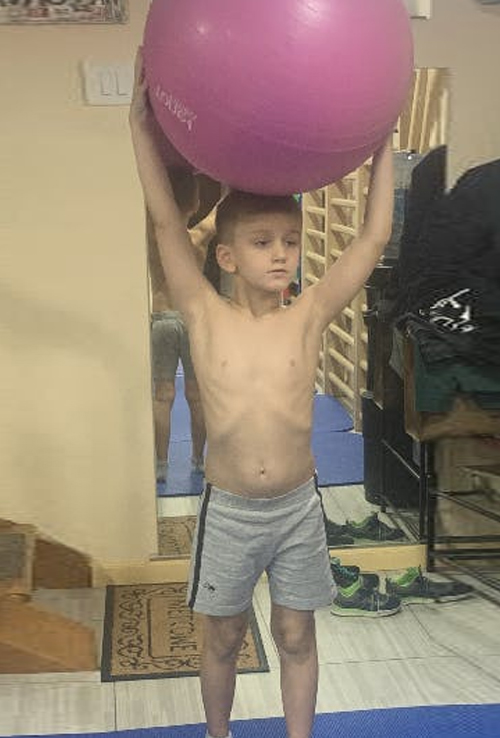
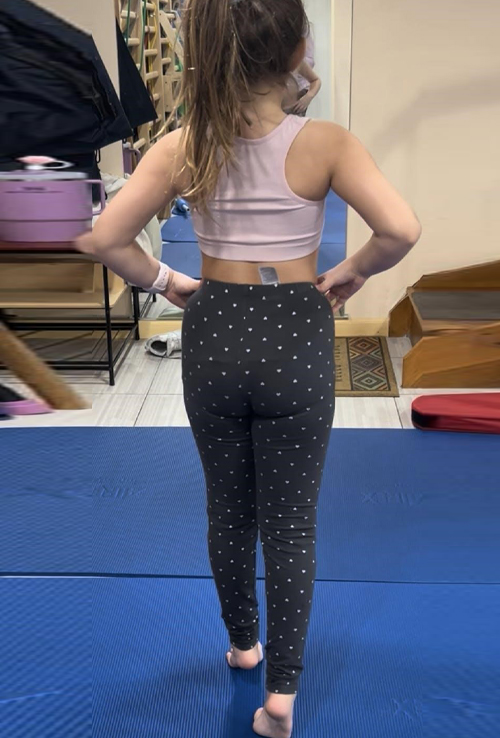
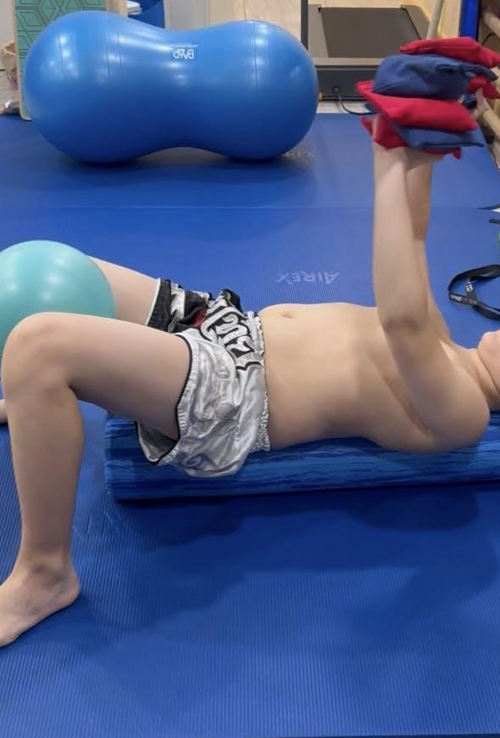
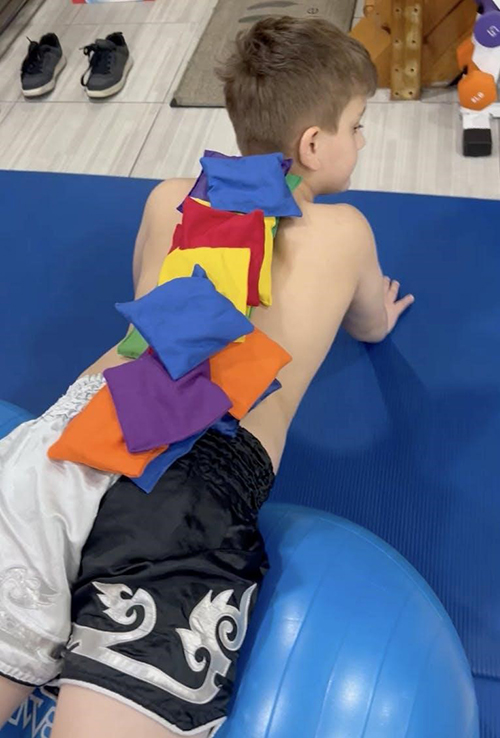
(3) Working on extrapyramidal system to create postural symmetry
Scoliosis creates a postural disturbance to the body. Perception of body symmetry through visual motor, sensory-motor, and balance activities should be restored. It will strengthen the body’s defenses against asymmetrical forces preventing progression of scoliosis.
Such activities are important while wearing a brace because bracing may provoke shoulder asymmetry that can be remediated.
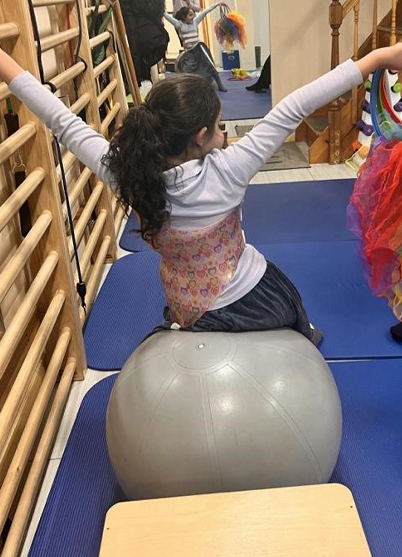
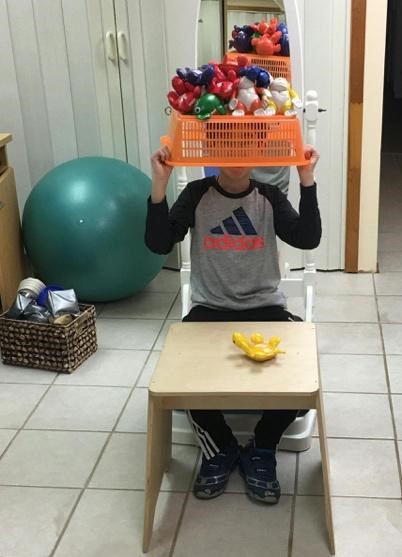
4) Manual therapy helps to reprogram postural system
Manual therapy techniques are used to relax soft tissues around the spine and restore symmetrical tensions to reprogram postural system. It is achieved through sensory stimulation to the receptors located at the spinal ligaments, deep spinal muscles and joint capsules at the spine and ribs. These areas are rich in sensory receptors that play important role in postural mechanism transmitting information to the brain through neurological circuits.
Examples of manual techniques used for children and adolescents
5) Scoliosis often correlates with flat back in children and adolescents
It means that it is not always helpful to keep the upper back perfectly straight. The trunk often needs to be slightly rounded to respond correctly to the forces of gravity. Achieving correct profile alignment helps to stabilize the spinal curvature preventing scoliosis progression.
Examples Of Kyphotization Exercises To Round Upper Back
